Shell and tube heat exchangers are a class of heat exchanger types. They are most common in oil factories and other huge chemical processes and are suited for higher pressure applications. As its name implies, they consist of a shell (a huge pressure vessel) with bundled tubes inside it. Read More…
Enerquip is your trusted shell and tube heat exchanger partner. Our in-house, thermal design engineers and ASME welders and fabricators can design and build custom engineered solutions for your company’s specific needs. Our experience and expertise have earned us a preferred supplier status with leading companies in the pharmaceutical, food and beverage, cannabis, personal care, chemical,...
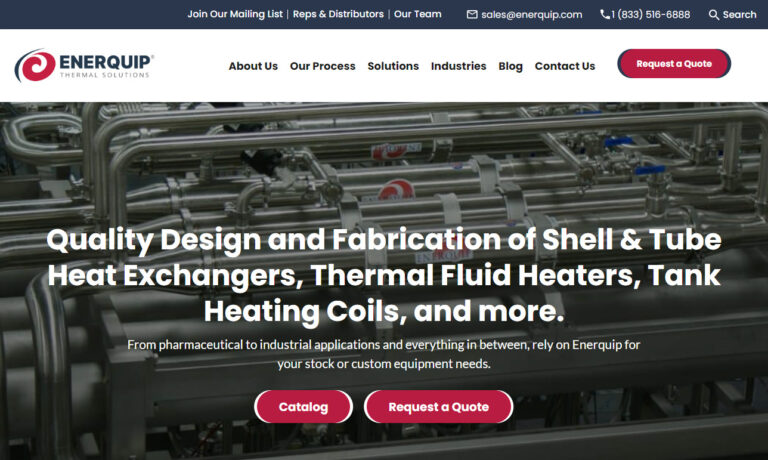
Mason Manufacturing is a custom fabricator of shell and tube heat exchangers, ASME pressure vessels, columns, and tanks. Located in Decatur, Illinois, Mason has over 60 years of experience providing customers with custom fabricated vessels that conform to customer specifications, applicable codes, accepted industry standards and that are consistently shipped on time with competitive pricing....
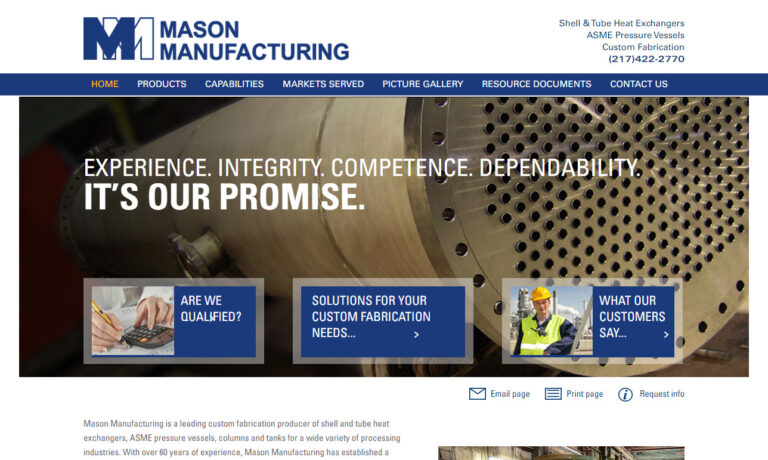
For 50 years, Noren Products has delivered innovative thermal management solutions that prevent electronic components from overheating. All of our products are designed and assembled in the USA. Our expert team, including engineering and production, are headquartered in Taylor, Texas.
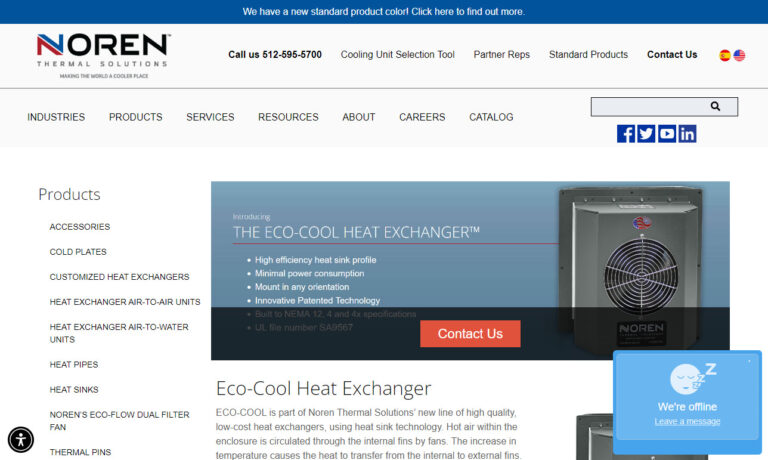
Since 1953, we have been an industrial heat exchanger and heat transfer systems manufacturer offering shell and tube, marine, plate and frame, brazed plate, welded plate and air cooled heat exchangers and more. To us, service means responsive, knowledgeable support.
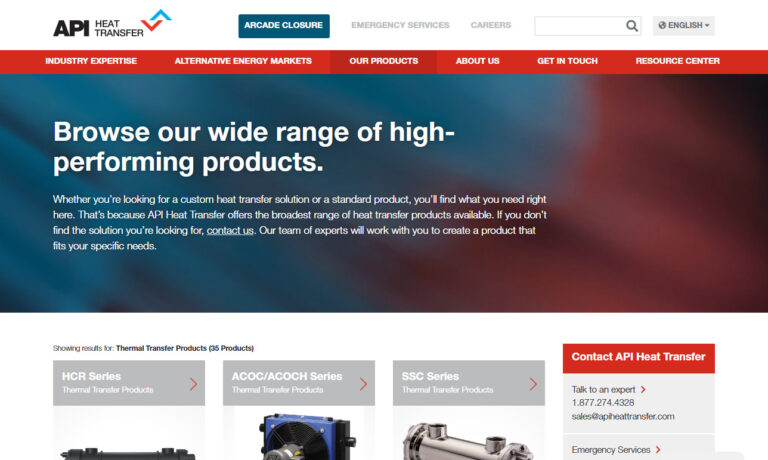
Cataract Steel Industries is a renowned leader in the design, manufacturing, and distribution of high-quality heat exchangers and related thermal solutions. Our company has earned a sterling reputation for engineering excellence, innovation, and a steadfast commitment to customer satisfaction. Our core focus revolves around providing a wide array of heat exchangers, including shell and tube,...
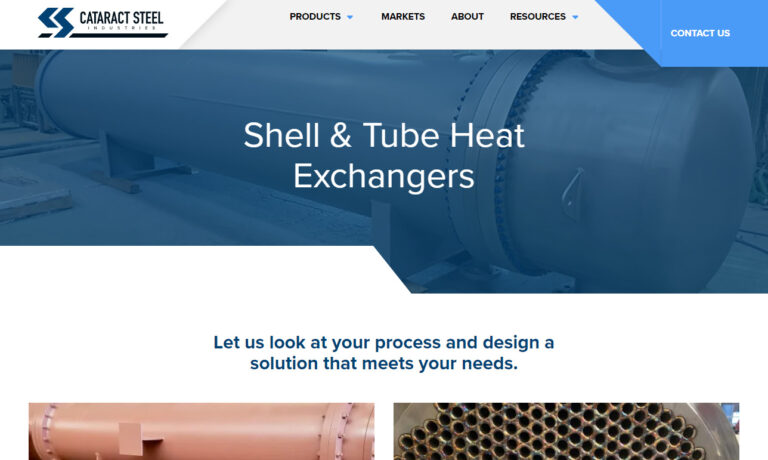
Southern Heat Exchanger Corp prides itself on meeting specifications and exceeding expectations in heat transfer equipment. Offering a full range of products and services to satisfy your shell & tube heat exchanger needs, we provide years of experience and a range of materials and capabilities to best serve you. We stand for superior quality in heat exchangers and cooling coils.
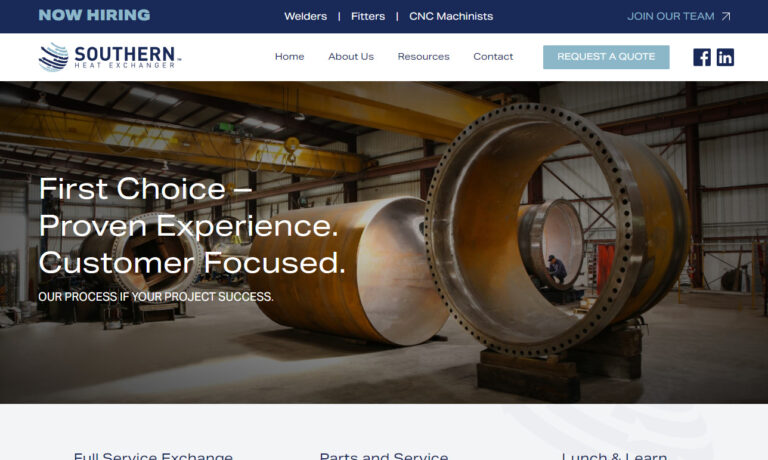
More Shell and Tube Heat Exchanger Manufacturers
What are Shell and Tube Heat Exchangers?
One fluid flows through the tubing, and the other passes over the tubing (via the shell) to facilitate heat transfer between the two fluids. The group of tubes is called a tube bundle and can be composed of many tube types such as longitudinally finned, plain, etc.
Design of Shell and Tube Heat Exchangers
There can be many differences in the shell and tube design. Usually, the ends of all tubes are connected to plenums through holes in tube sheets. The tubes can be straight or U-shaped, called U-tubes.
Most shell and tube heat exchangers are either four, two, or one-pass designs on the tube side. This is the number of instances the liquid in the tubes flows through the liquid in the shell. In single-pass heat exchangers, the liquid goes in one end and out the other of each tube.
In power plants, surface condensers are often one-pass straight tube heat exchangers. However, two and four-pass designs are common since fluid can enter and leave on the same side.
There are often perplexes directing flow in the shell side, so the fluid doesn't cut through the shell side. This leaves poor low flow volumes.
A countercurrent heat exchanger is very efficient since it enables a high log average temperature difference between the cold and hot streams. Most companies nevertheless do not utilize two-pass heat exchangers with a U-tube because they can break easily and are more expensive to build.
Selection of Tube Material
To transfer heat well, tube material must have good heat conductivity. Because heat energy transfers from the hot to cold side via the tubes, there's a temperature difference through the tubes' width. Because of the tube material's propensity to expand at different temperatures, thermal stresses happen during operation. This is after any stress from high pressure from the liquids themselves.
Tube material also must be well-matched with both the tube and shell side fluids for long durations in the operating conditions to minimize corrosion. These requirements demand a careful choice of durable, thermally conductive, corrosion resistant, and high-quality tube materials.
Typically metals, like aluminum, stainless steel, copper alloy, non-ferrous copper alloy, carbon steel, Inconel, nickel, titanium, and Hastelloy. Fluoropolymers like PFA and FEP also produce the tube material because of their high resistance to high temperatures.
Types of Shell and Tube Heat Exchangers
Many configurations of the parts can be considered. Three primary combinations are presented below.
Fixed Tube Sheet Heat Exchanger
In this type, the tube sheet and shell are welded together. This leads to an easy and inexpensive structure, and cleaning the tube bores can be done mechanically or chemically. The outer surface of the tubes is, however, inaccessible besides chemical cleaning. Rear headers are common in L, M, and N types.
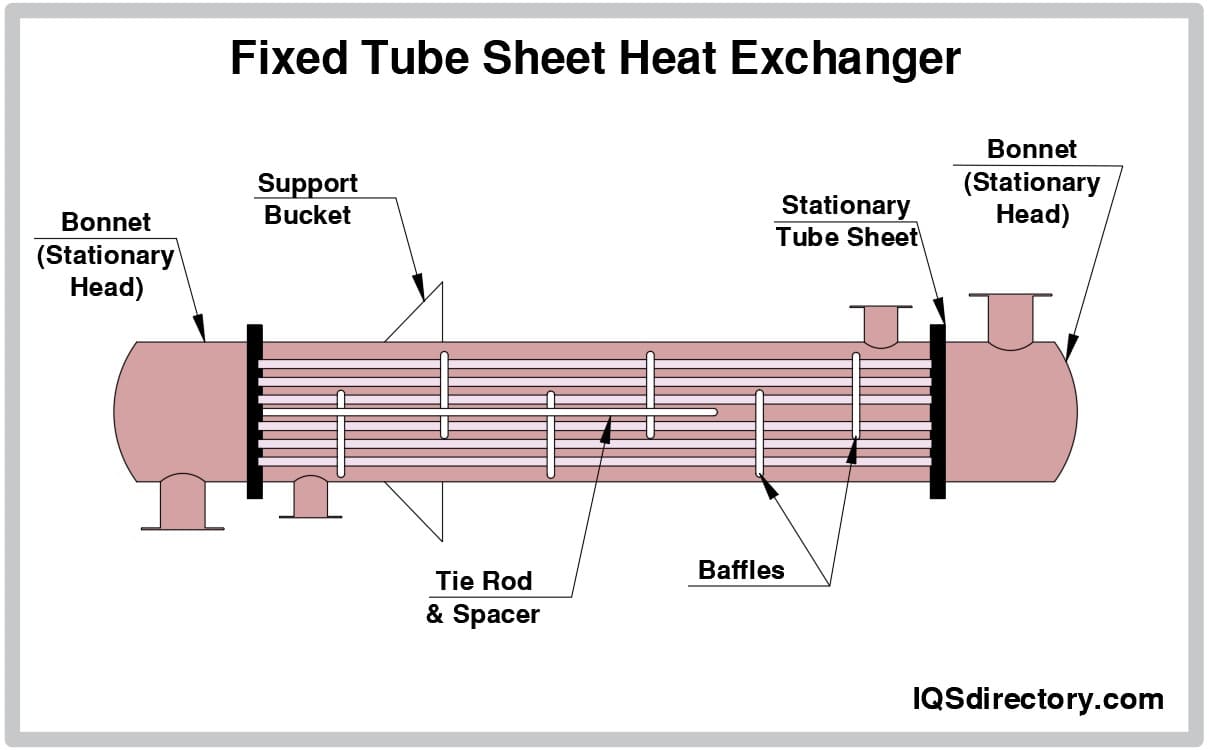
U-Tube Heat Exchanger
Any front header can be used here, and the rear header is commonly M-Type. U-tubes allow limitless thermal expansion. The tube bundle can also be excluded for cleaning purposes, and a small bundle to shell clearance may be obtained. Since it is hard to clean inside the tubes using mechanical tools, it's normal to use this type only when the fluid in the tube side is clean.
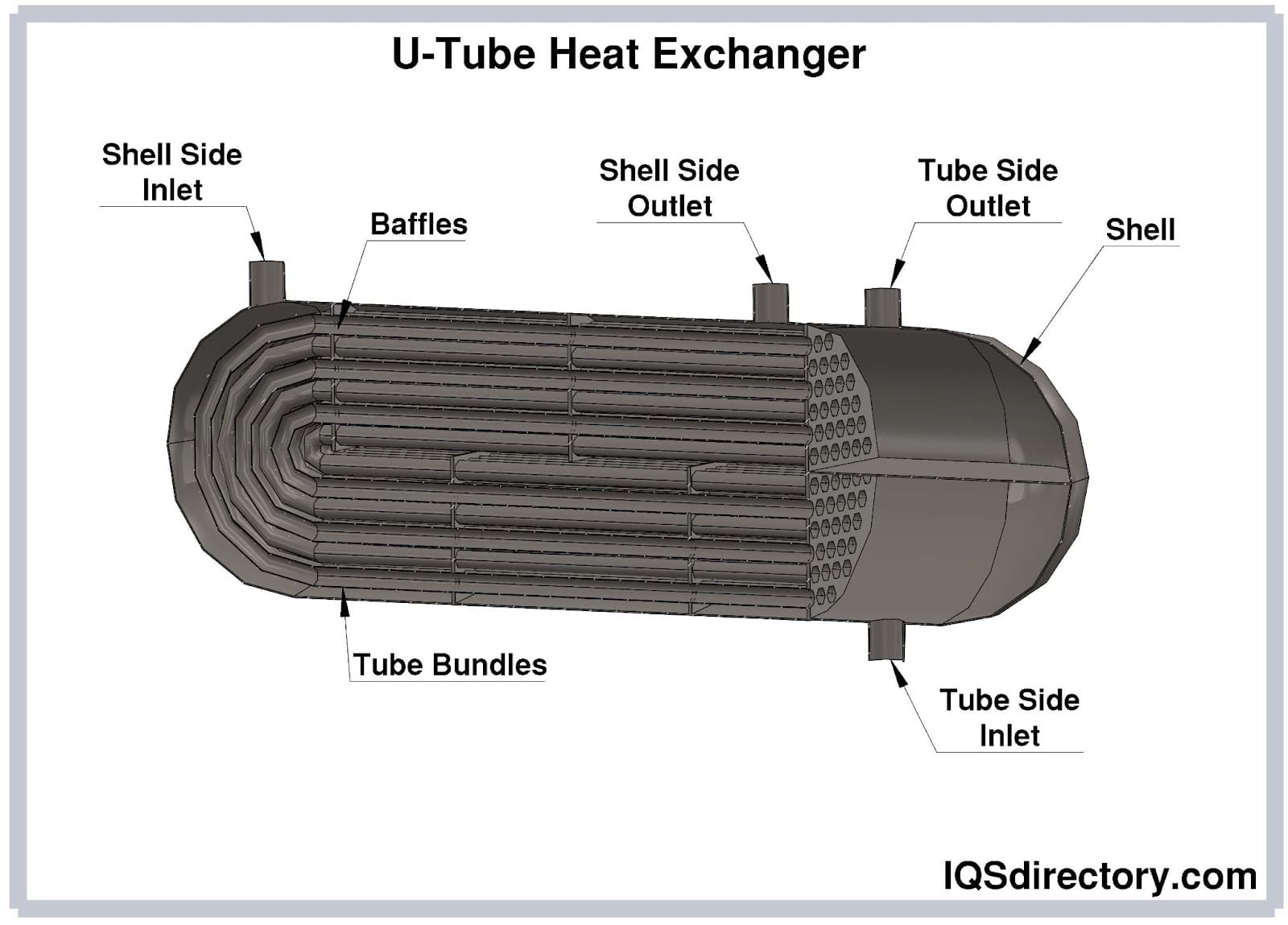
Floating Head Heat Exchanger
Here the tube sheet is not welded to the shell but is allowed to move or float. The tube sheet at the front header has a diameter larger than the shell's and is sealed like in the fixed tube sheet. The tube sheet at the back header end has a smaller diameter than the shell and permits the bundle to be drawn out through the shell.
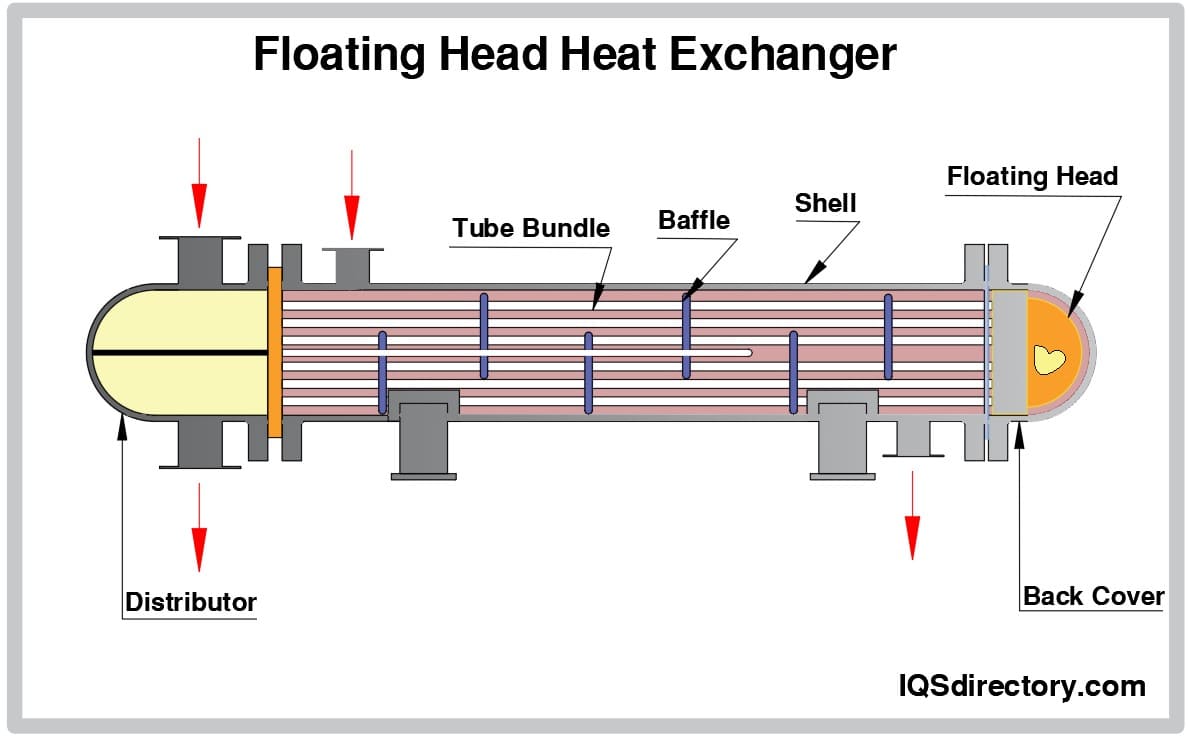
Applications of Shell and Tube Heat Exchangers
The simple design makes it perfect for cooling for a variety of applications. The most common application is the cooling of hydraulic liquid and oil in combustion engines, transmission, and hydraulic power packs.
With the right selection of material, they can also be applied to heat or cool other mediums, like swimming pools or charge air. In addition, the cylindrical construction of the enclosure is highly resistant to pressure and enables all ranges of pressure applications.
Advantages of Shell and Tube Heat Exchangers
Below are some of the shell and heat exchanger's benefits:
- Inexpensive compared to plate heat exchangers.
- Relatively simple construction and easy to maintain.
- Suitable for higher pressure and temperature compared to plate heat exchangers.
- Pressure drop is less than for plate heat exchangers.
- It is easy to locate and fix leaking tubes.
- Tubes can be 'double walled' to decrease the chances of the shell side liquid leaking to the tube side liquid or vice versa.
Choosing the Right Shell and Tube Heat Exchanger Manufacturer
To ensure you have the most positive outcome when purchasing a shell and tube heat exchanger from a shell and tube heat exchanger manufacturer, it is important to compare several companies using our directory of shell and tube heat exchanger manufacturers. Each shell and tube heat exchanger manufacturer has a business profile page highlighting their areas of experience and capabilities, along with a contact form to directly communicate with the manufacturer for more information or request a quote. Review each shell and tube heat exchanger business website using our proprietary website previewer to quickly learn what each company specializes in. Then, use our simple RFQ form to contact multiple shell and tube heat exchanger companies with the same form.

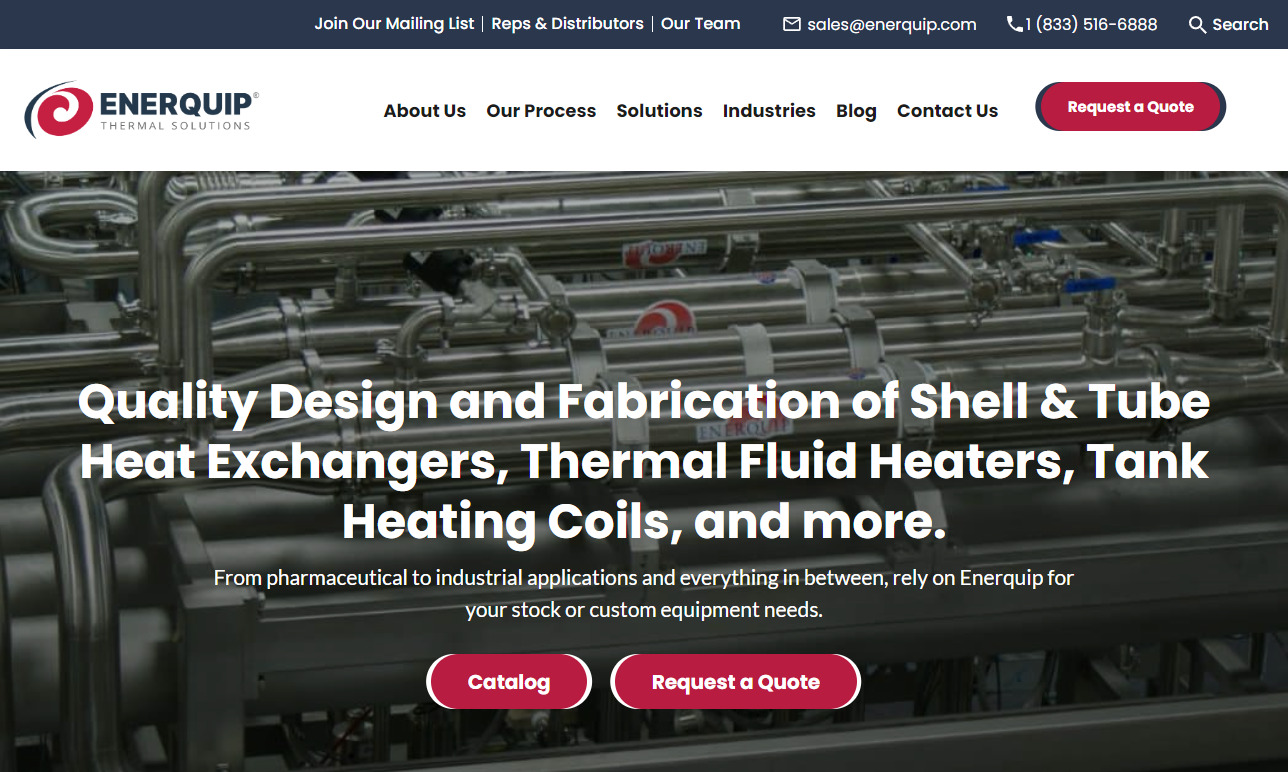
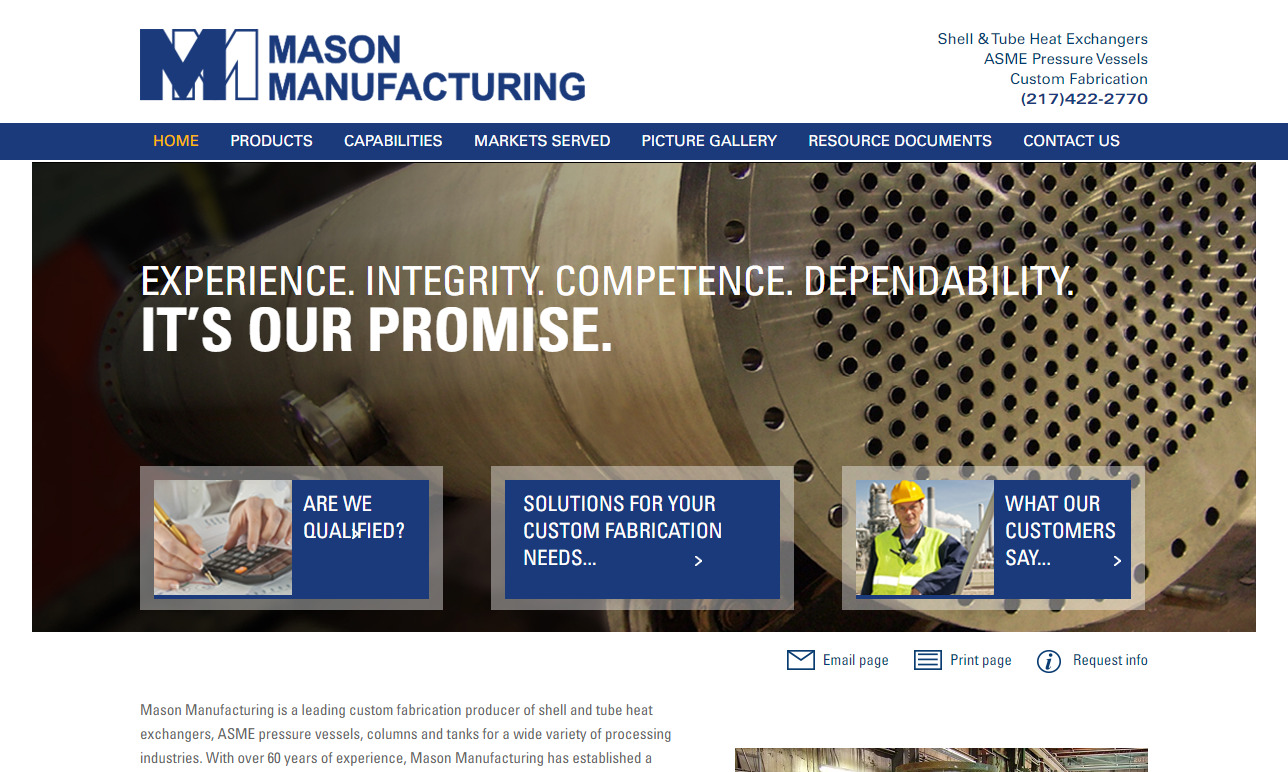
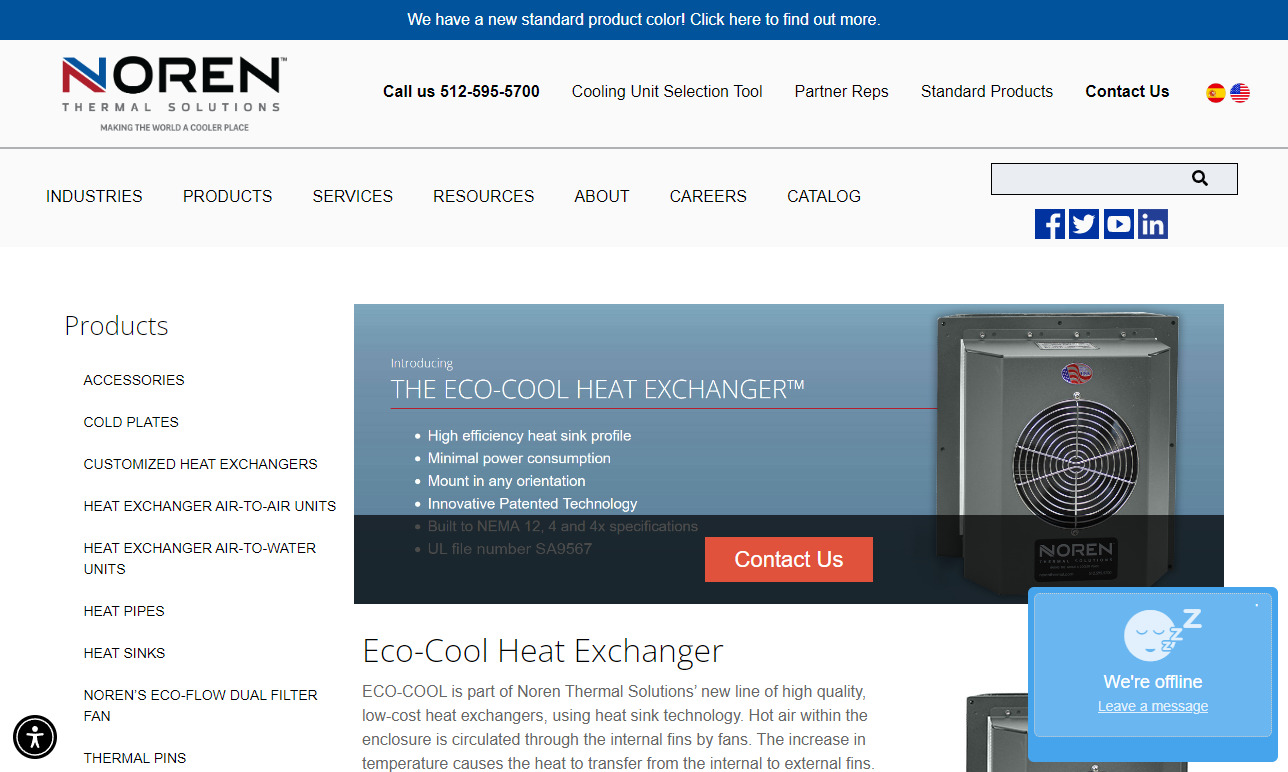
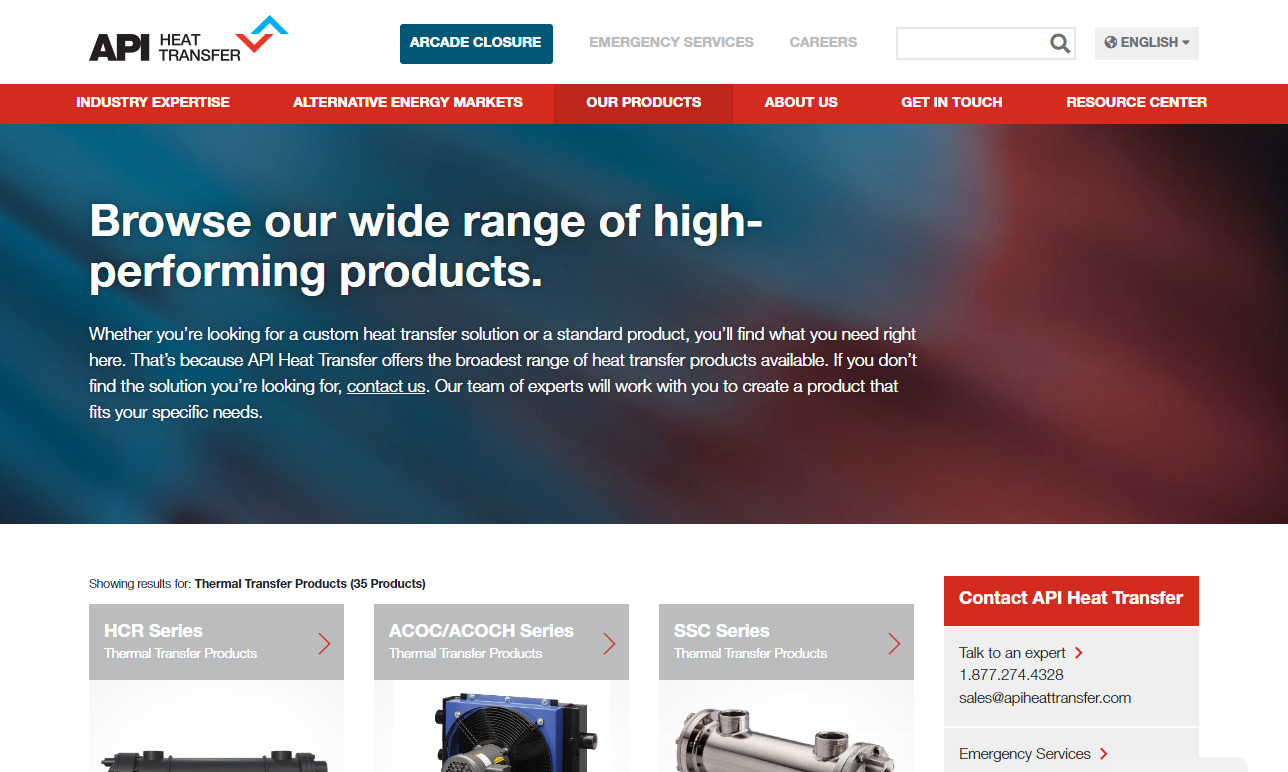
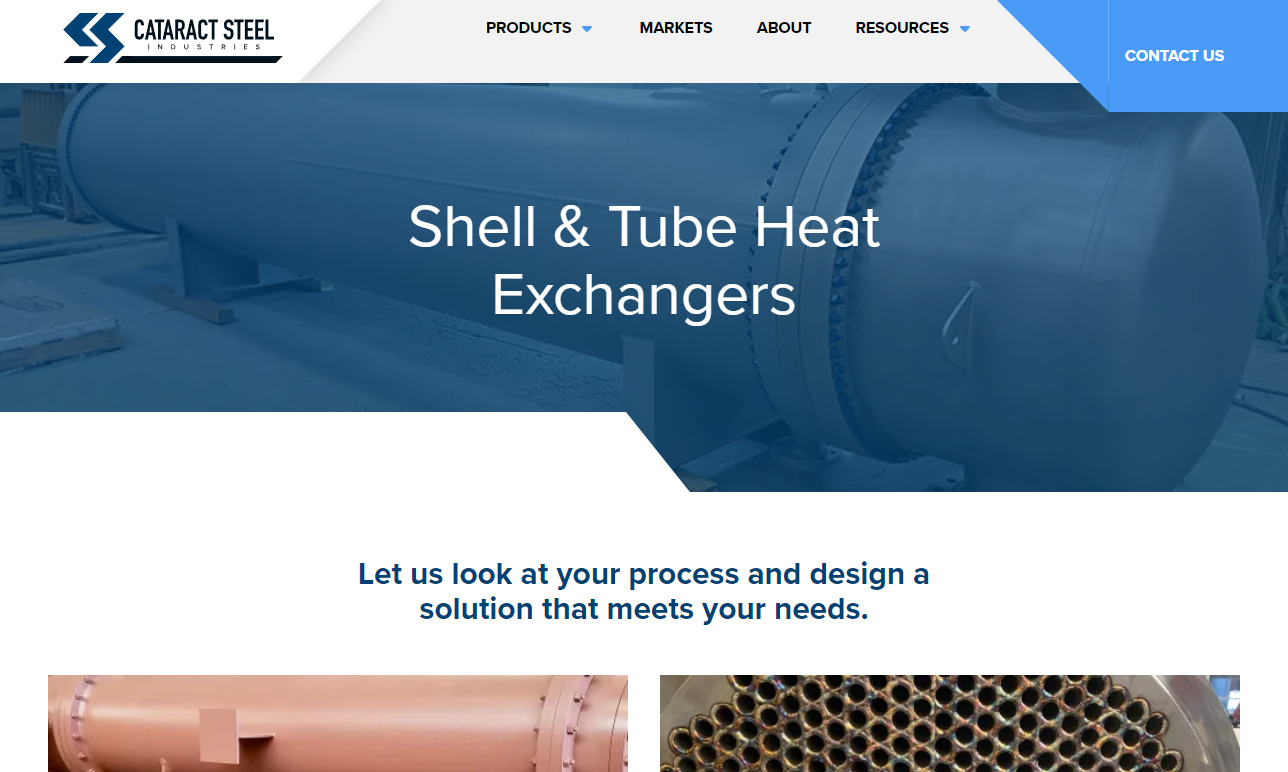
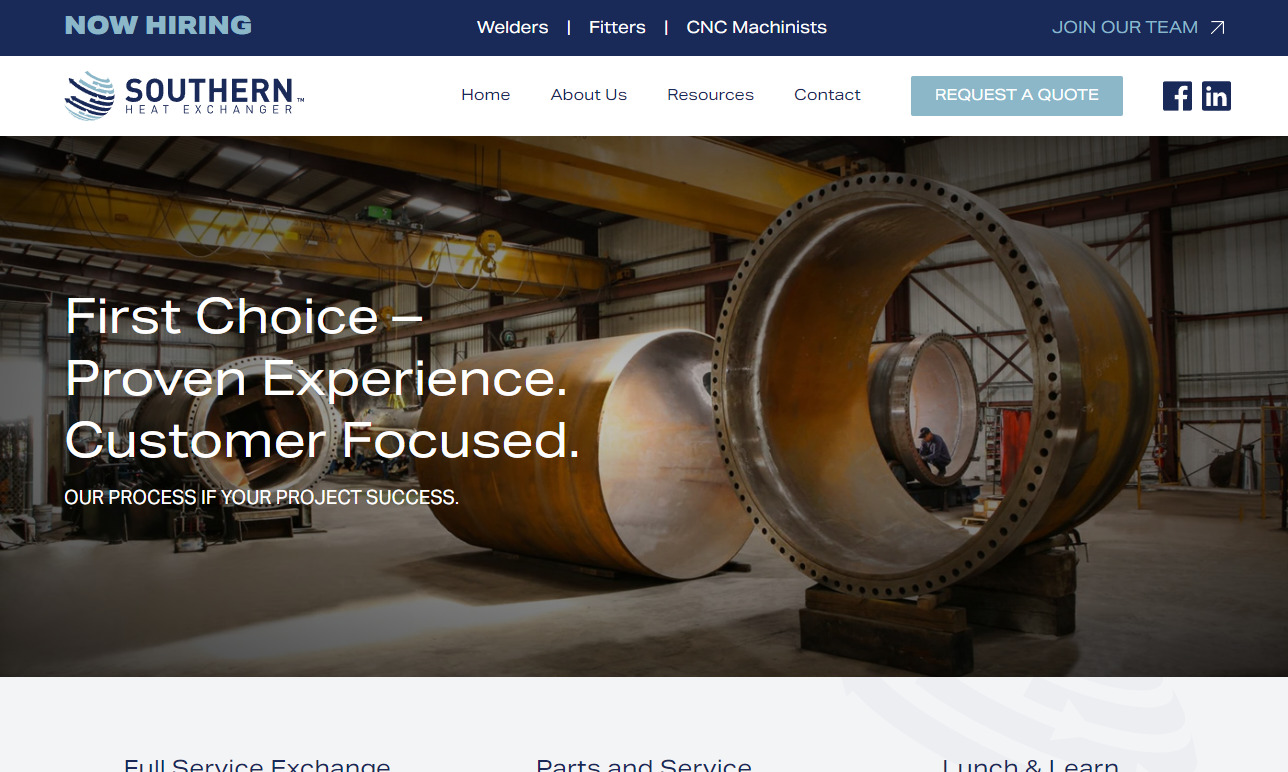
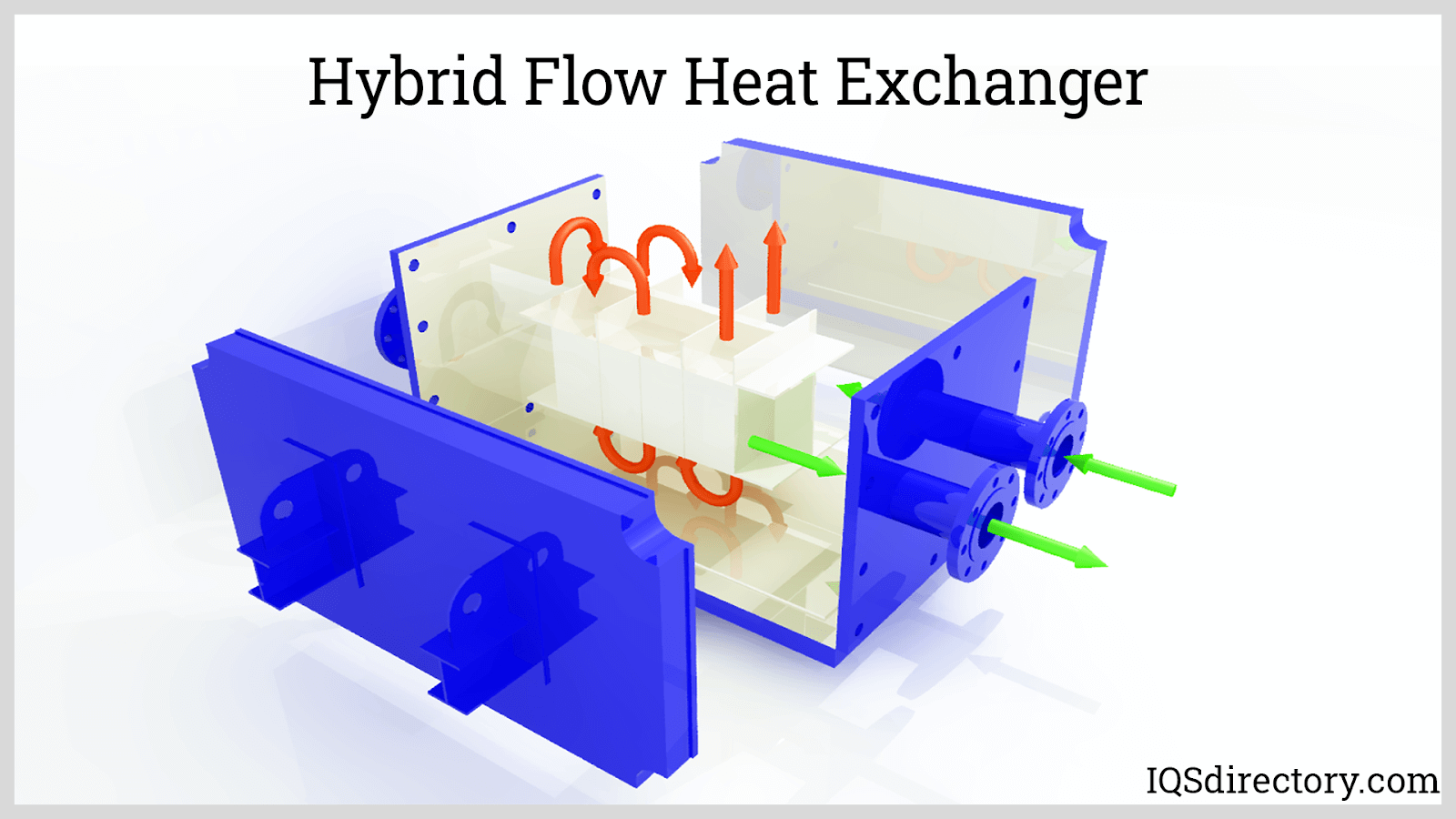
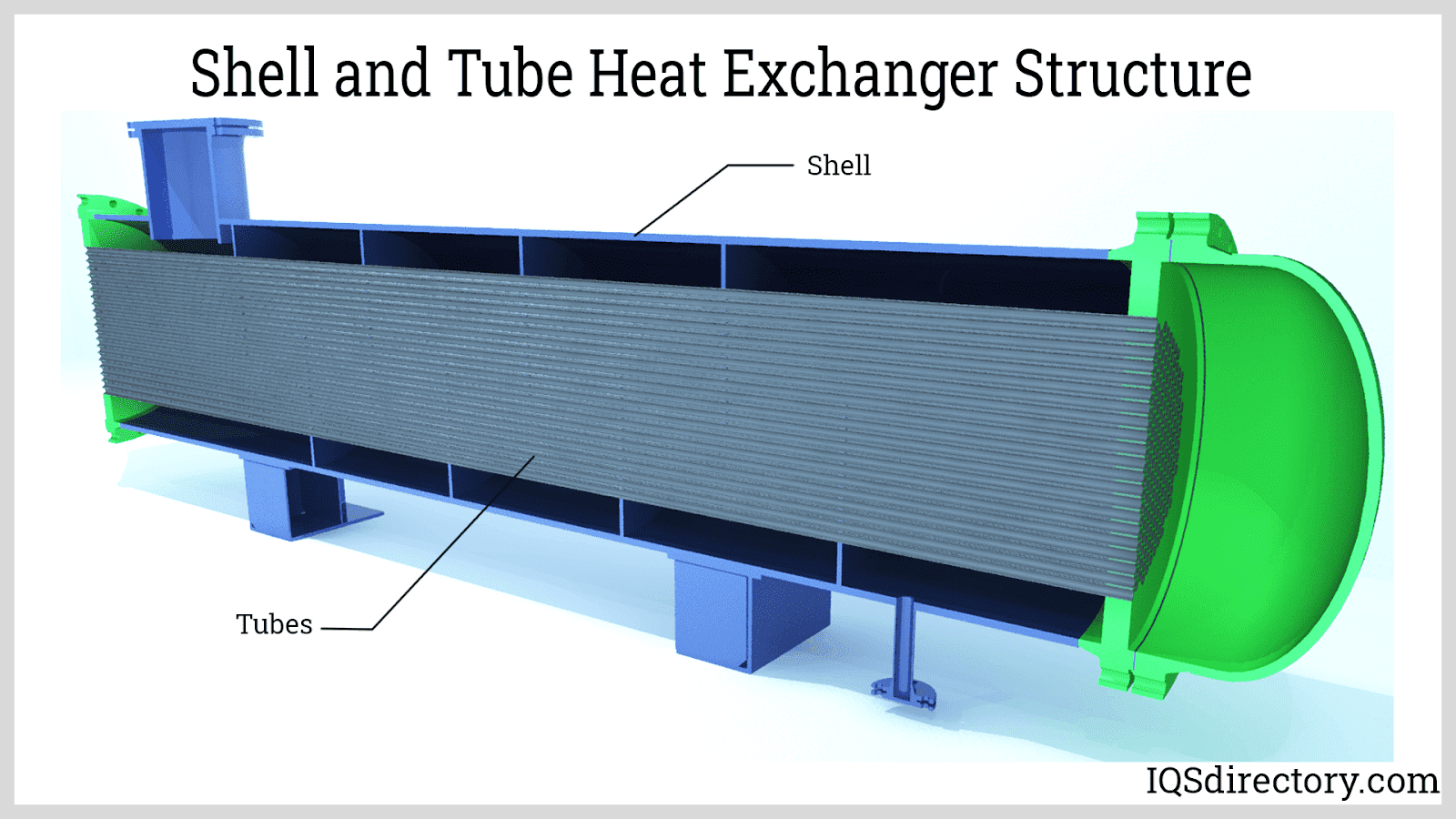
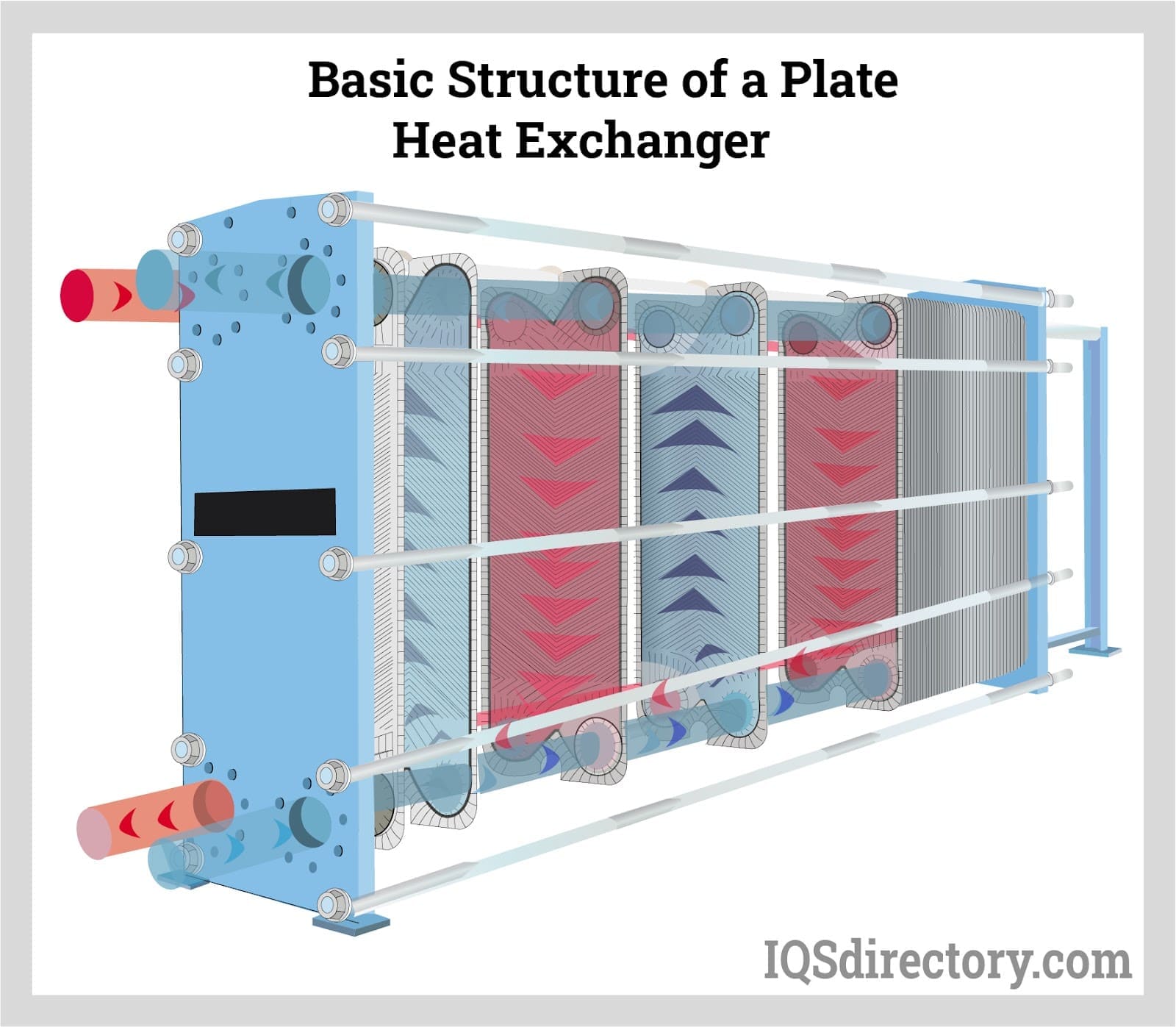
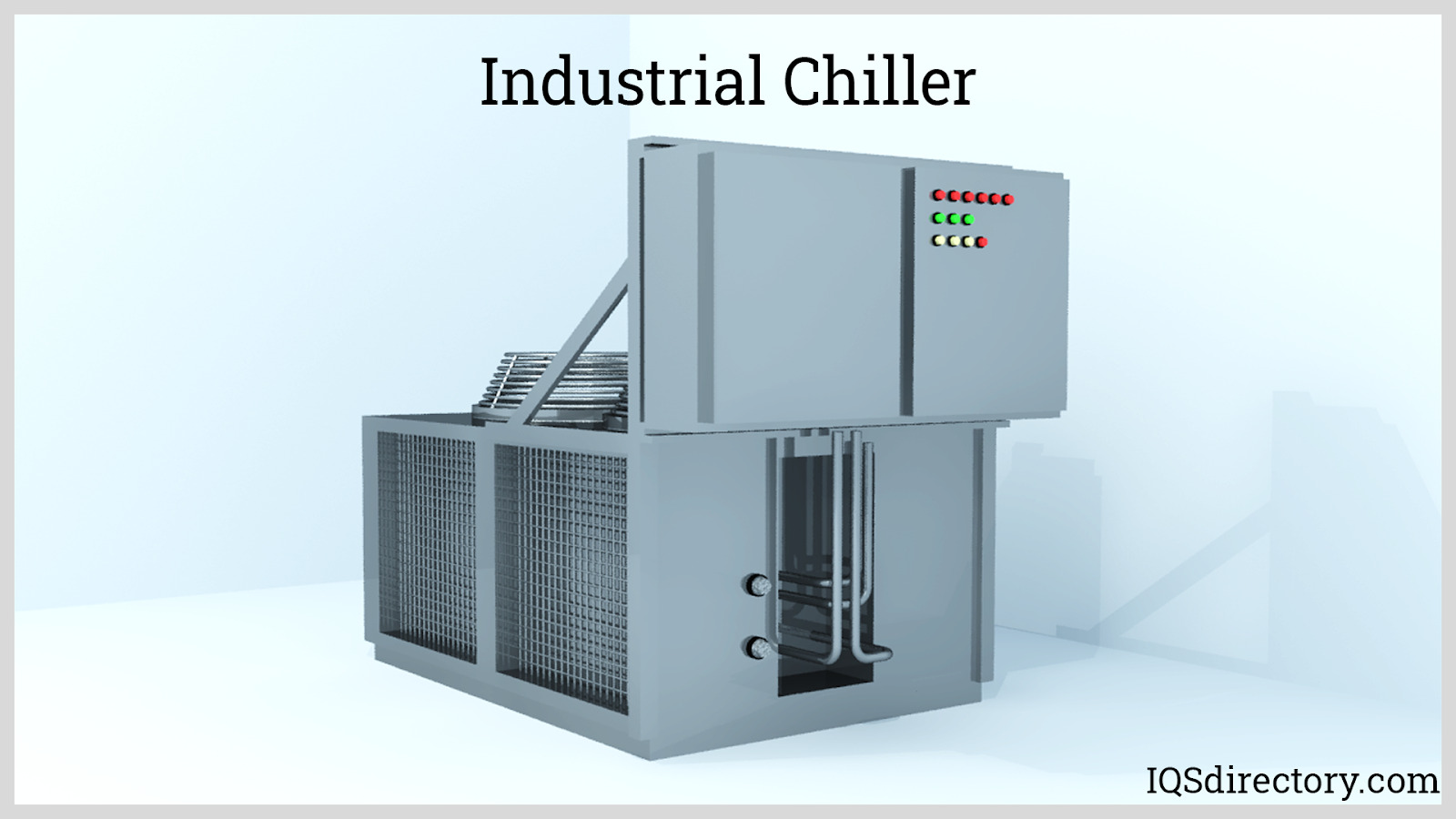
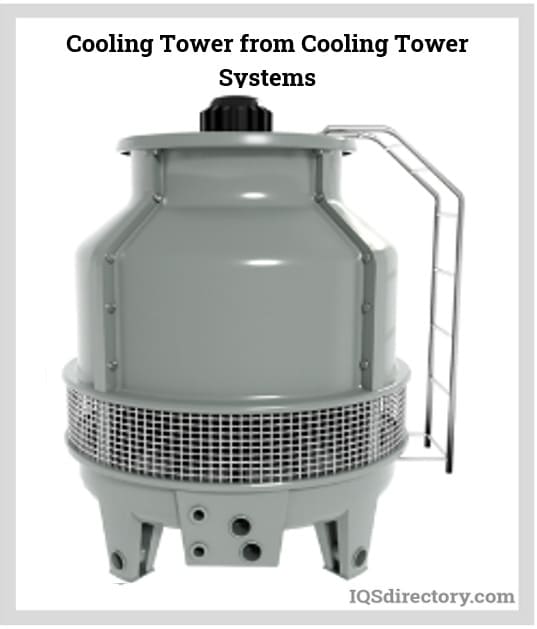
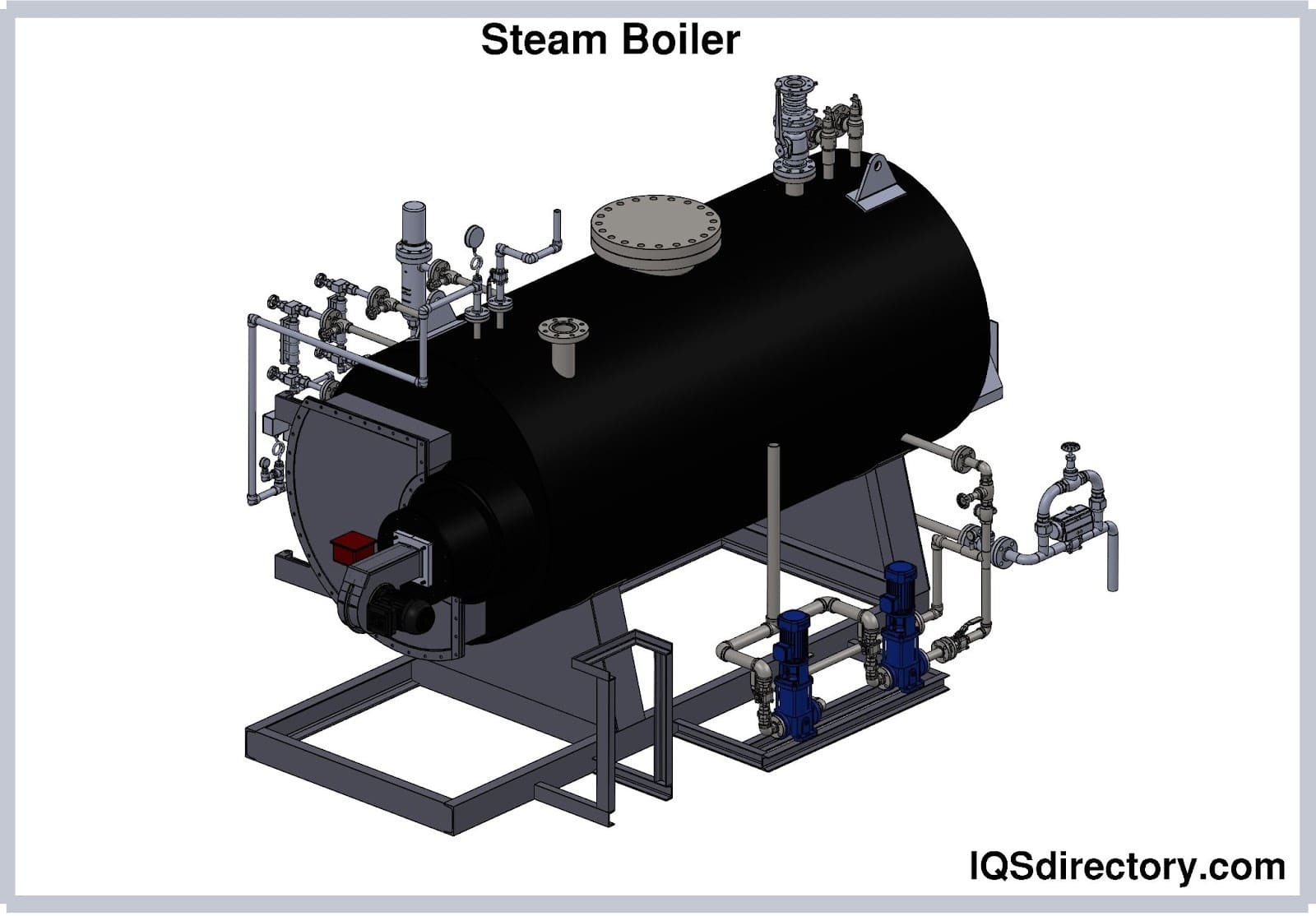
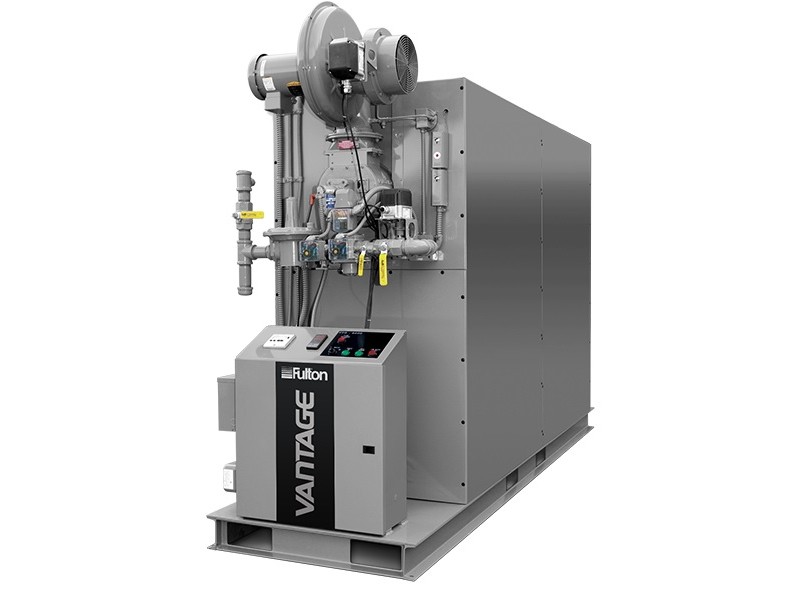 Boilers
Boilers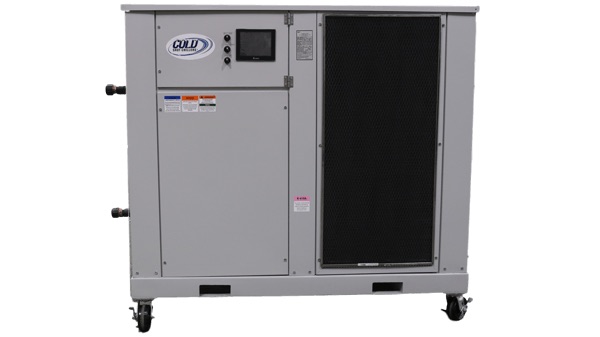 Chillers
Chillers Cooling Towers
Cooling Towers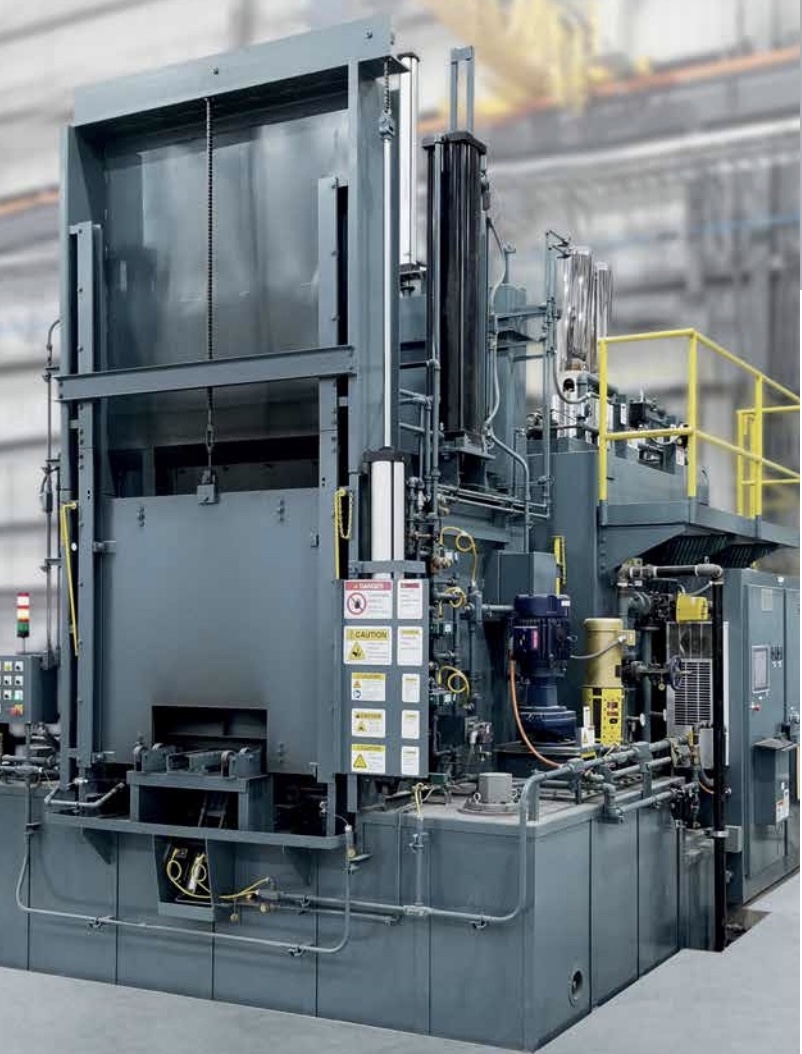 Furnaces
Furnaces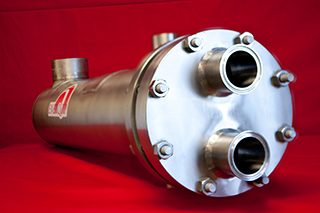 Heat Exchangers
Heat Exchangers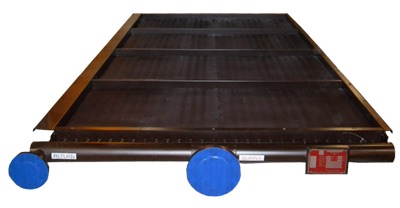 Heat Transfer Equipment
Heat Transfer Equipment Castings & Forgings
Castings & Forgings Bulk Material Handling
Bulk Material Handling Electrical & Electronic Components
Electrical & Electronic Components Flow Instrumentation
Flow Instrumentation Hardware
Hardware Material Handling Equipment
Material Handling Equipment Metal Cutting Services
Metal Cutting Services Metal Forming Services
Metal Forming Services Metal Suppliers
Metal Suppliers Motion Control Products
Motion Control Products Plant & Facility Equipment
Plant & Facility Equipment Plant & Facility Supplies
Plant & Facility Supplies Plastic Molding Processes
Plastic Molding Processes Pumps & Valves
Pumps & Valves Recycling Equipment
Recycling Equipment Rubber Products & Services
Rubber Products & Services